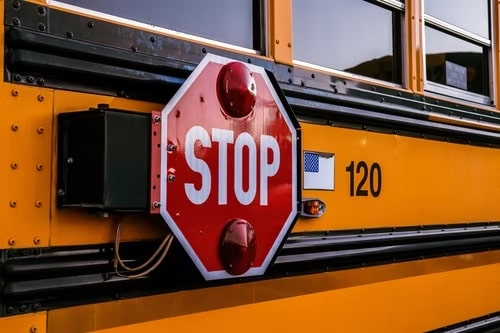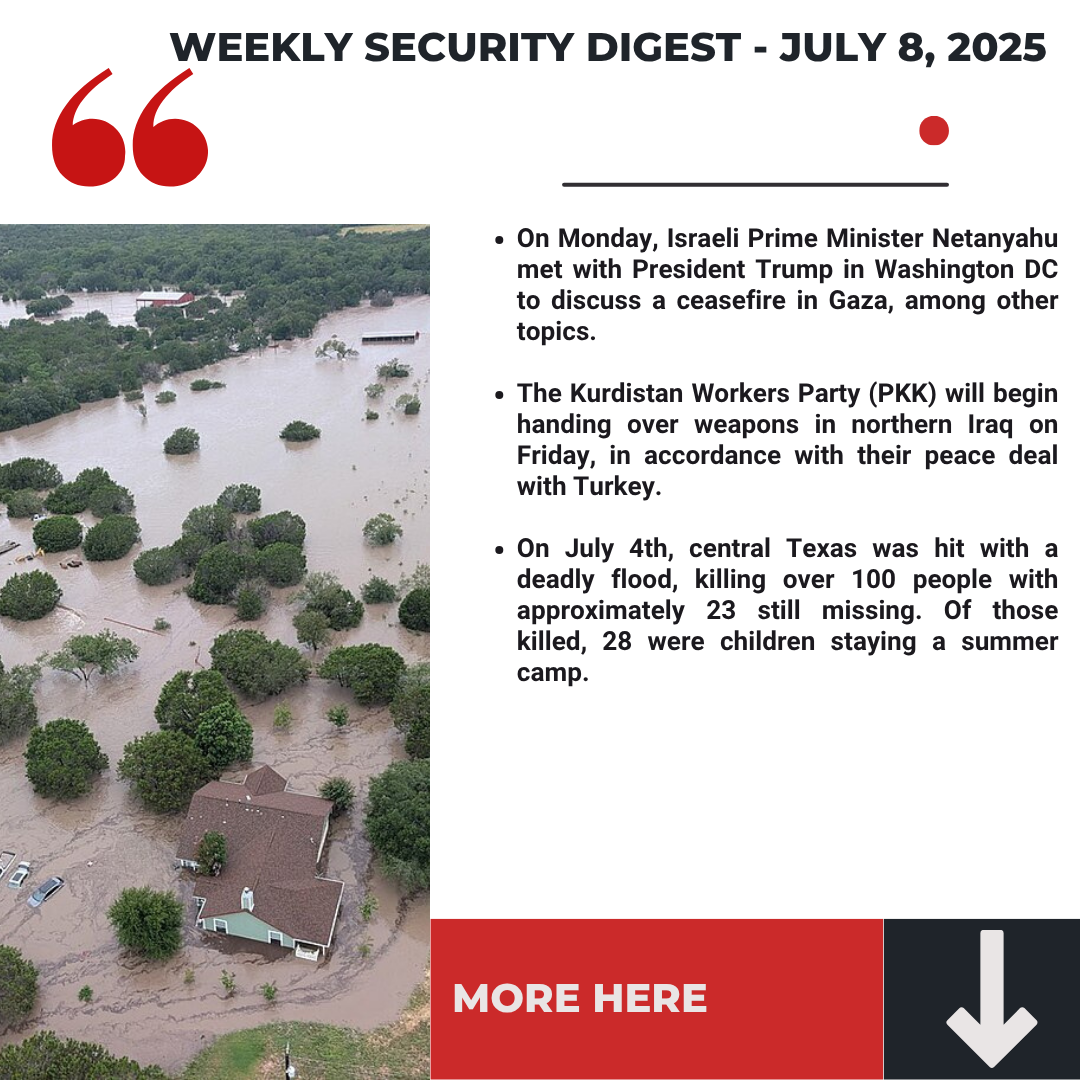Americans are still reeling from the horrific mass shooting in Uvalde, TX on May 24 that left 19 children and two adults dead. The attack is inconceivable – what kind of evil person could do such a thing? – but, as we all know, it’s not the first.
In 2018, a 19-year-old shooter killed 17 students at Marjory Stoneman Douglas High School. In 2012, a 20-year-old shooter killed 20 children and 6 adults at Sandy Hook Elementary School. In 2007, a 23-year-old student killed 32 students and faculty members at Virginia Tech. In 1999, in what is considered to be the seminal American school shooting, two infamous Columbine shooters killed 12 students and one teacher.
These are some of the biggest mass school shootings in the United States, but there have been many more that resulted in the deaths of one, two, 10 and more. According to Wikipedia, over 350 school shootings have occurred in America since 2000.
While the senseless deaths of these innocent people can easily render us speechless, now is not the time to be silent. Now is the time to prepare our kids as best we can, should they ever find themselves in a dangerous situation.
How Can We Prepare Our Children for Dangerous Situations without Traumatizing Them?
The question of how to prepare our children for school shootings and dangerous situations is an age-old one. Even before shootings were prevalent, parents had to teach their children why taking candy from strangers is not okay – without scaring them.
The general approach for young children is to explain the danger broadly, not in detail. For example, “Last week, some children got hurt in a school.” Whether you decide to tell them that there was a shooting or that children died is up to you –most child psychologists stress the need to speak to your child according to their personality and what you think they can handle.
With tweens and teens, you can go into more detail if they ask. They may want to know everything or not want to talk at all. In the latter, it is important to let them know they can come to you any time with questions.
For children of all ages, it’s important to stay calm – your calm and composure can be “contagious.” You can also stress that these things do not happen often (even though there have been too many shootings, they do not happen every day).
Two Crucial Things to Teach Your Kids about School Shootings
The unfortunate truth is that if someone sets out to do evil, we cannot always stop them. In Uvalde, for example, the children certainly could not have done anything differently. They were trapped in a classroom and senselessly slaughtered.
However, the kids outside the classroom ran. They ran and called for help. That is the best thing they could have done. FBI protocol for mass shootings is “Run. Hide. Fight.” Teach your children that if they see an active shooter, the first thing they should do is run. If they manage to get away, they should find an adult who can call 911.
If running is not possible, they should hide. But we can’t stress this enough, running is the absolute best thing to do. The fight section is not applicable to young children and barely applicable to teens. Fighting is a last resource and usually is not possible for kids. So, running or hiding need to be their number one priority.
The second thing to teach children about shootings is to look out for warning signs. Many shooters talk about guns and shooting before they act. The Uvalde shooter posted about guns on social media several times before carrying out the shooting. Therefore, if your child hears anyone talking or posting about these things, they should report it to the proper authorities immediately. It does not matter if they tell you, the principal, or a teacher – as long as whoever they tell takes immediate action.
If your child wants to help the person without telling anyone, it is important to discourage that. While friendship is nice, potential shooters need professional help.
Can Active Shooter Drills Prevent School Shootings?
According to a CNN special report, 95% of schools in the U.S. practice active shooter drills, but many critics say that, at best, these drills give false hope, and at worst, they traumatize children.
The American Federation of Teachers, the National Education Association, and Everytown for Gun Safety publicly condemned these drills and recommended that schools employ a more comprehensive approach that includes staff training and lockout procedures.
Everytown also published research that active shooter drills are associated with a 39% increase in depression, a 42% increase in stress and anxiety, and a 23% increase in physiological health problems among children between the ages of five and 18.
In 2020, the American Academy of Pediatrics called for schools to stop active shooter drills because they traumatize children unnecessarily.
An NBC News article stated that these drills are actually harmful to kids, especially young ones. They create unnecessary anxiety and panic about something that a five-year-old child has no control over. Moreover, they do not actually prevent school shootings.
Interfor believes that active shooter drills for pre-teens and younger are not effective and only cause more damage than they prevent.
Do Your Best to Keep Your Children Safe
While many experts have condemned active shooter drills, others think they are important, as long as they are enacted the right way.
As a parent, it is your job to assess whether these drills are helpful or harmful to your child. If you feel they are harmful, speak with your child’s teacher or principal. If the drill is scheduled in advance, consider keeping your child home that day.
If active shooter drills were helpful, it might be worth exposing your child to them in the hopes that it could save their life one day. But since there is no proof that active shooter drills prevent actual shootings, as a parent you can exercise discretion about whether your child should participate in them or not.
The main things to teach your children are to report any suspicious talk or behavior and to run away from danger whenever possible.
To find out more, please reach out to info@interforinternational.com





